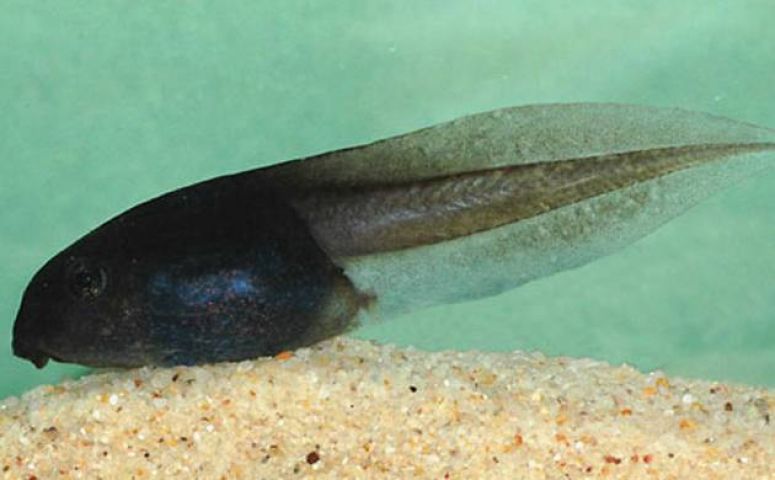
The scientist from the Universities of Delhi,Peradeniya,Sri Lanka and California discovered a tadpole that eats sand, lives in darkness till the time it turns into a young frog.
S D Biju(University of Delhi) said, “The tadpole belongs to the Indian Dancing Frog family, Micrixalidae. They are called dancing frogs because of their nature of waving their legs signalling territorial and sexual display.We provide the first confirmed report of the tadpoles of Indian Dancing frog family. These tadpoles probably remained unnoticed all these years because of their fossorial [underground] nature, which in itself is a rare occurrence in the amphibian world,”
According to Dr Biju, “such displays are though well known, but information on these tadpoles were completely unknown. Dr Biju had in January reported in the same journal of a frog species called Frankixalus jerdonii, which was once considered a species lost to science. The purple tadpoles were found in the deep recesses of streambeds. With eel-like bodies and skin-covered eyes, they burrow through gravel beds. They don’t have teeth but serrated jaw sheaths, which help them feed and move through sand”
As per the Madhava Meegaskumbura from the University of Peradeniya, the tadpolese have ribs and whitish globular sacs that store calcium carbonate, known as “lime sacs.”
He said,“Only four families of frogs are reported to have ribs, but we show that at least some of Micrixalidae also have ribs, even as tadpoles; this adaptation may provide for greater muscle attachment, helping them wriggle through sand,”
Research has been published in the peer-reviewed open-access journal PLOS One.